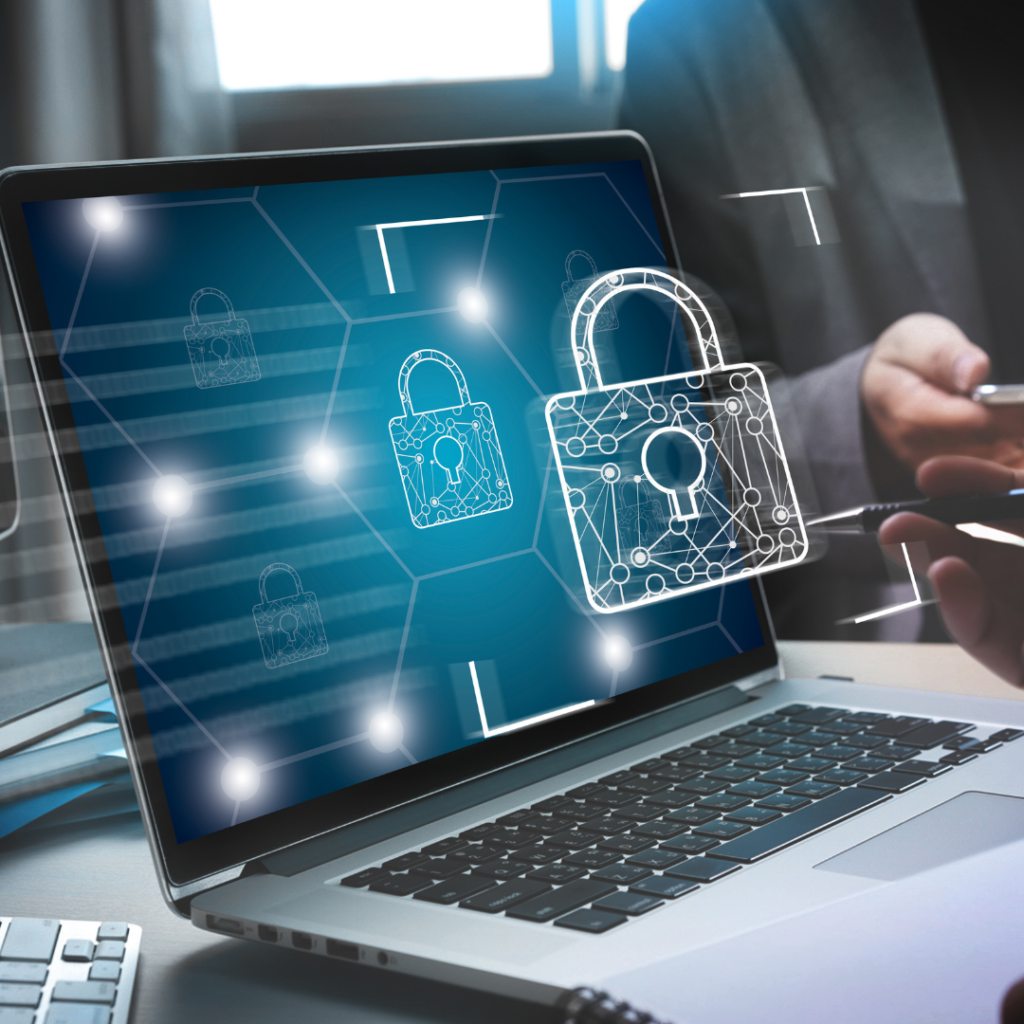By: Ali Cohen

In today’s interconnected digital landscape, the prevalence of cyber threats continues to rise at an alarming rate. Among these threats, phishing attacks and email hacking have emerged as particularly insidious forms of cybercrime. To safeguard sensitive data and protect against potential breaches, organizations must stay ahead of these evolving threats. One effective measure to fortify security is the implementation of Multi-Factor Authentication (MFA), which adds an extra layer of defense. In this blog post, we will delve into the growing risks of phishing and email hacking, and explore how MFA can bolster your organization’s security posture.
The Rising Tide of Phishing Attacks
Phishing attacks have become increasingly sophisticated and deceptive. Cybercriminals craft persuasive emails, meticulously mimicking trusted institutions like banks or email service providers. These fraudulent messages prompt recipients to disclose personal information or login credentials, unknowingly compromising their accounts and potentially exposing sensitive data. What’s more concerning is that these attacks are not limited to a specific industry or organization size. From small businesses to multinational corporations, anyone can fall victim to these scams.
Email Hacking and Impersonation
Another concerning trend is email hacking, where cybercriminals gain unauthorized access to individuals’ email accounts. By assuming the identity of the account holder, these hackers manipulate and deceive recipients into taking actions that compromise their security. This can include initiating unauthorized financial transactions, redirecting funds, or manipulating recipients into disclosing confidential information. Organizations that unknowingly interact with compromised email accounts may unwittingly engage in fraudulent activities, resulting in reputational damage and financial loss.
The Power of Multi-Factor Authentication
Multi-Factor Authentication (MFA) provides an invaluable layer of security by requiring users to provide multiple pieces of evidence to verify their identity. Let’s explore why MFA is a powerful tool in combatting phishing and email hacking:
- Defense Against Stolen Credentials: Even if hackers manage to obtain login credentials through phishing attempts or email hacks, MFA acts as a safeguard. Without the additional factors required for authentication, unauthorized access is effectively prevented.
- Protects Against Brute-Force Attacks: MFA reduces the risk of brute-force attacks, where hackers systematically try various combinations of usernames and passwords to gain access. With MFA, even if an attacker guesses the correct password, they would still need the additional authentication factor, making it significantly more challenging to breach an account.
- Secures Remote Access: With the increasing prevalence of remote work, securing remote access to corporate systems is paramount. MFA ensures that only authorized individuals with the necessary authentication factors can access sensitive data and resources from remote locations, mitigating the risks of unauthorized access.
The Ease of MFA Implementation
Contrary to popular belief, implementing MFA is not a complex or cumbersome process. Consider the following points regarding the ease of MFA implementation:
- User-Friendly Solutions: Many platforms and services offer MFA as a built-in security feature, making it easily accessible and user-friendly. With intuitive interfaces and clear instructions, organizations can implement MFA without requiring extensive technical expertise.
- Customizable Options: MFA solutions often provide flexibility, allowing organizations to tailor security protocols according to their unique requirements. Organizations can choose from various MFA methods, such as text message verification, authenticator apps, or biometric identification, aligning the authentication process with their specific needs.
- Seamless Integration: MFA can be seamlessly integrated into existing authentication processes, minimizing disruptions to workflows. Organizations can implement MFA gradually, starting with critical systems or sensitive accounts and gradually expanding its coverage across the entire organization.
In Conclusion
As the threat landscape continues to evolve, it is imperative for organizations to adapt and implement proactive security measures. Phishing attacks and email hacking pose significant risks, both in terms of financial loss and reputational damage. By incorporating Multi-Factor Authentication (MFA) into their security strategies, organizations can add an extra layer of defense against these threats. MFA serves as a reliable barrier, even if malicious actors manage to obtain login credentials. It is time for businesses to prioritize security by embracing MFA and staying one step ahead of cybercriminals.
Remember, protecting sensitive data is a collective responsibility. By implementing MFA and educating employees about the risks of phishing and email hacking, we can create a more secure digital environment for organizations and individuals alike. Stay vigilant, stay secure.
Don’t wait until it’s too late, take action now and safeguard your business!
Contact us at DRP Solutions to learn more about how we can help you protect your business from cyber threats.
